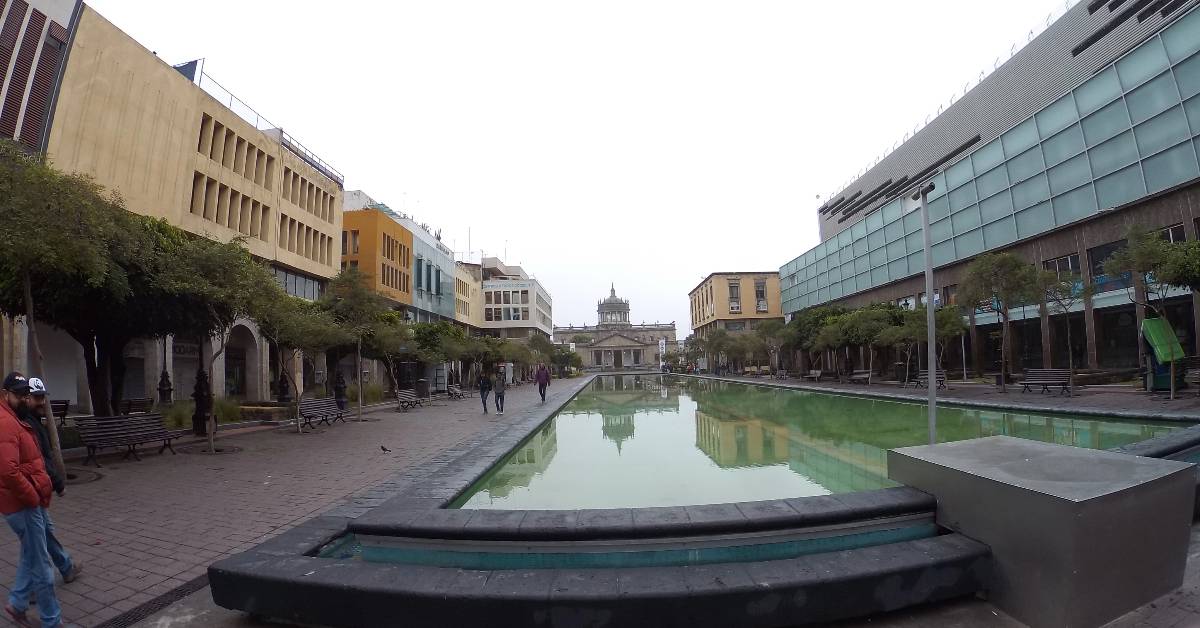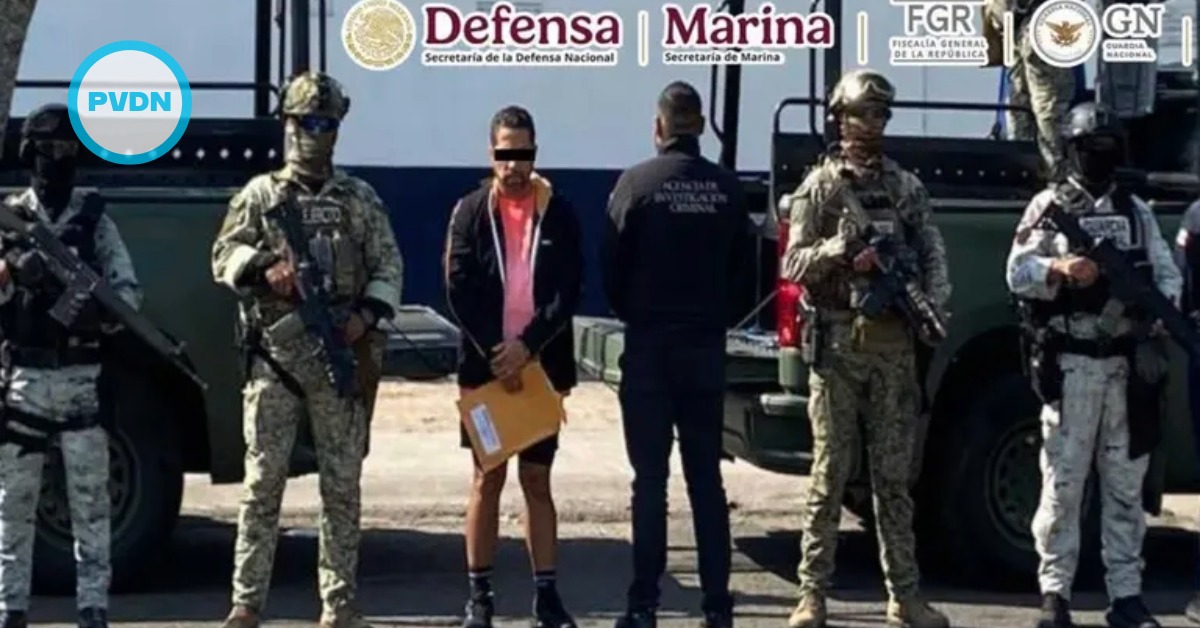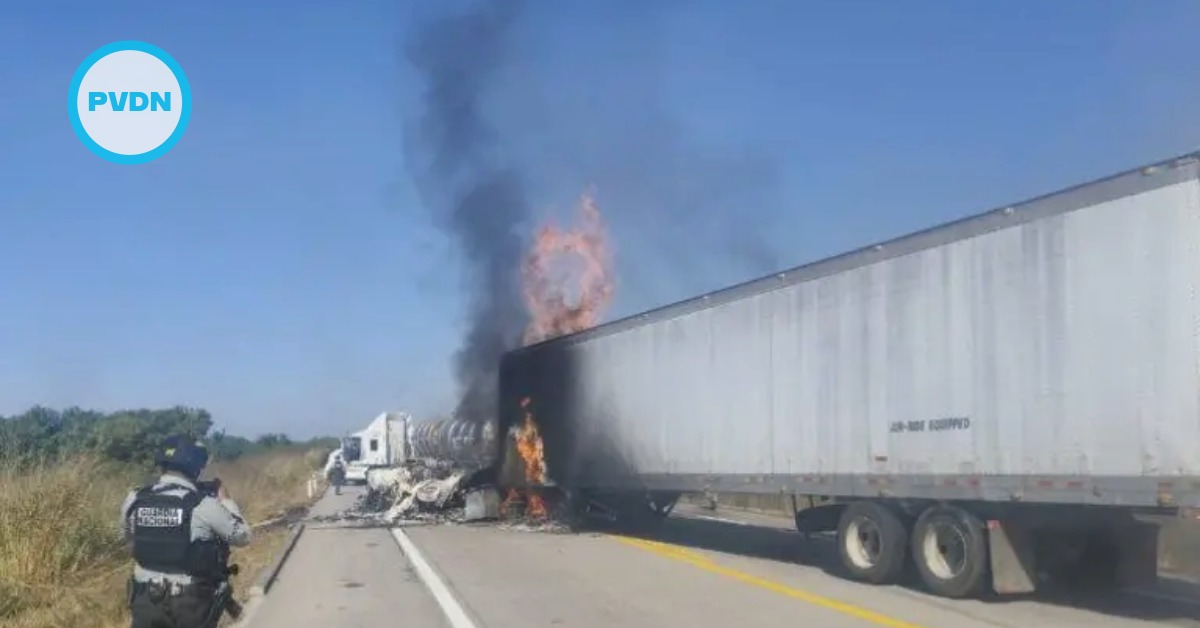PUERTO VALLARTA (PVDN) - From the serene landscapes of Sinaloa's El Rosario to the cultural hub of San Cristóbal de las Casas in Chiapas, a growing shadow engulfs Mexico's towns. Organized crime groups, with their malevolent grip, have claimed territories such as Fresnillo (Zacatecas), Mazamitla (Jalisco), Huasca de Ocampo (Hidalgo), Cuitzeo (Michoacán), and Lagos de Moreno (Jalisco).
As these towns grapple with this burgeoning terror, some become ghost towns, with public squares now witnessing horrifying acts like hanging bodies and massacres. One of the most chilling incidents that has gripped the nation’s conscience . . .






